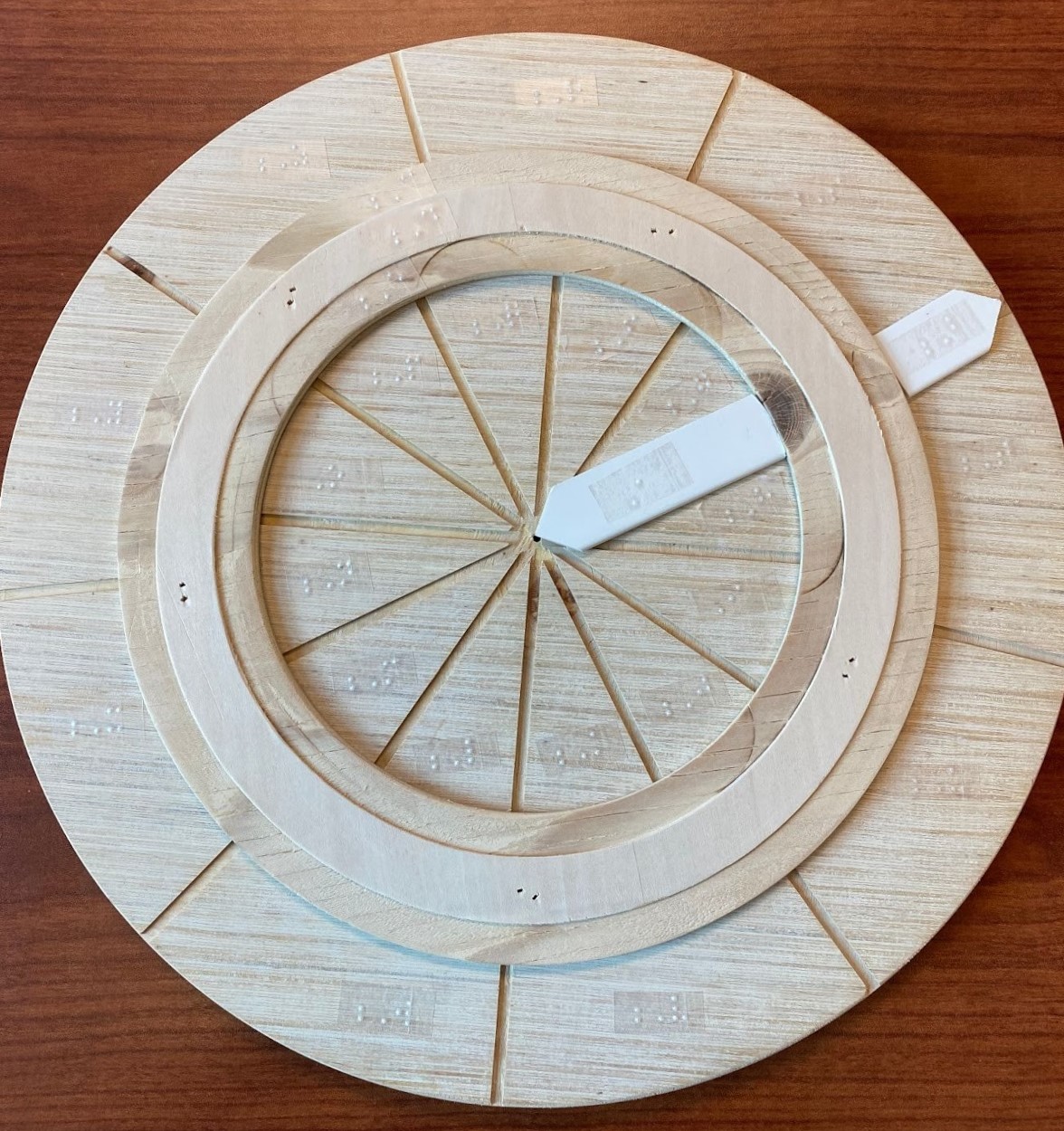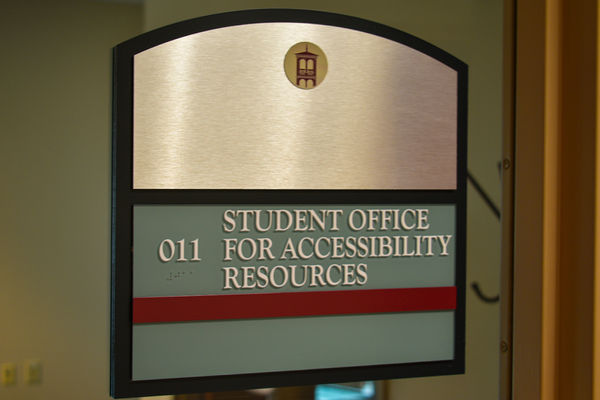Assisting students that have specific academic needs or require accommodations is a key part of increasing and establishing diversity and inclusion on Furman’s campus. The Student Office for Accessibility Resources (SOAR) is the main resource for accommodative academic support on campus. SOAR’s goal is to “identify and remove different barriers for students with disabilities” in academic and housing contexts, and to provide individualized, specialized accommodations if needed. The Director of SOAR Judy Bagley shared that part of SOAR’s objective is to creatively collaborate with others on campus to create accessible environments on campus.
Jessica Lane, Accessibility Specialist at SOAR, explained that one of methods the office utilizes in accommodating students’ needs is Alternate Format Text. Alternate Format Text not only includes enlarging text for assignments or textbooks, but also involves changing fonts to be dyslexia-accessible and providing screen reading technology for visually impaired students. SOAR also provides image and video descriptions for students with visual impairments. Another technique Lane uses is called “tactile graphics,” where an image is reproduced in raised dots similar to Braille in the shape of the image being used in the class. These resources, and many others, are widely accessible and help students with a variety of academic needs.
Other forms of assistance are student-specific. The development of these tools require thoughtful and dedicated attention. Lane described a tactile model she recently developed for a blind student at Furman: “This particular image was much more complex than what a basic image description could convey. My first trial was a tactile graphic,” Lane explained. However, the tactile graphic wasn’t the best possible way to convey the image either, because of its many intersecting lines and divided sections.
To minimize the risk of overstimulation, Lane decided a 3D model of the image would be more effective for the student. With the help of Furman’s facilities department, Lane developed a 3D model of the sustainability doughnut that was being used in the class (pictured).

Lane and facilities staff collaborated to develop a prototype of the model, then finalized the model after a few tweaks. When the base model was completed by the facilities department, Lane affixed Braille labels to different sections of the model where the original image had descriptive text. The final version of the model is pictured in this article. “The professor was a great partner for Jessica in this,” Director of SOAR, Judy Bagley commented. “The student reported that the concept was more accessible because of the physical model.”
Dictation and note-taking software improvements are part of what SOAR is working on currently, but the dedication to presenting information in new, accessible ways such as the wooden model in this article is the office’s constant goal. The success of this initial experiment with assistive models is encouraging. Hopefully, more similar innovations that support increased learning and understanding for students that need accommodations will be created and distributed by SOAR in the near future.
